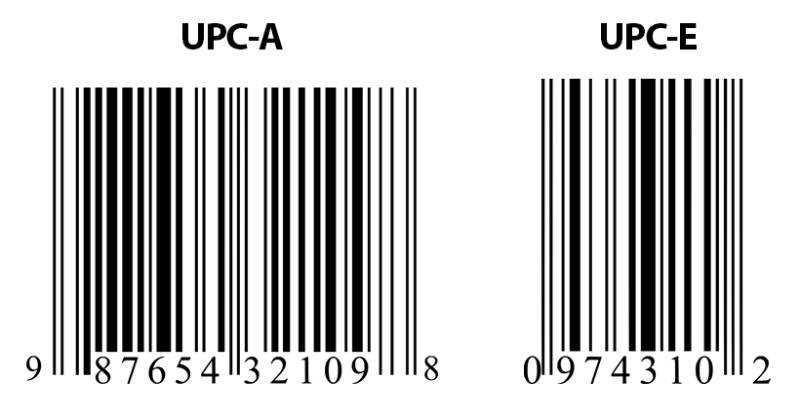Introduction to the basics of UPC barcodes
What is a UPC Barcode?
A UPC (Universal Product Code) barcode is a standardized 12-digit numeric code encoded into a machine-readable barcode format, primarily used to identify retail products uniquely. Introduced in the early 1970s, UPC barcodes revolutionized commerce by enabling quick and accurate product identification at points of sale. The 12 digits include a manufacturer’s identification number (company prefix), a product number assigned by the manufacturer, and a final check digit to ensure scanning accuracy. This system allows retailers to manage inventory and speed up checkout processes efficiently.
Applications of UPC Barcodes
UPC barcodes are ubiquitous in retail environments, especially in grocery stores, supermarkets, and general merchandise outlets, where they facilitate fast and error-free transactions. Beyond retail, UPCs are used in ecommerce platforms to list and track products, enabling seamless integration with marketplaces like Amazon and Walmart. They also play a crucial role in supply chain management, helping businesses track inventory in warehouses, streamline order fulfillment, and reduce human errors. Additionally, UPC barcodes have expanded into industries such as healthcare, manufacturing, and logistics, where they improve tracking of medications, components, and shipments.
Advantages of UPC Barcodes
- Efficiency and Speed: UPC barcodes drastically reduce checkout times by allowing quick scanning instead of manual price entry.
- Accuracy: The check digit and standardized format minimize scanning errors, ensuring correct product identification.
- Inventory Management: Real-time tracking of stock levels helps prevent overstocking or stockouts and supports better demand forecasting.
- Business Insights: UPC data enables analysis of sales trends, helping retailers optimize pricing, promotions, and inventory.
- Supply Chain Optimization: UPCs improve product traceability from manufacturing to retail shelves, reducing errors and costs associated with misplaced or delayed goods.
- Ecommerce Compatibility: UPCs are essential for listing products on major online marketplaces and improving product discoverability.
Classification of UPC Barcodes

There are two main types of UPC barcodes used based on product packaging and scanning needs:
- UPC-A: The standard format containing 12 digits, including the company prefix, product code, and check digit. It is the most common barcode found on retail products and works well for standard-sized packaging.
- UPC-E: A compressed 6-digit version of the UPC designed for small packages where space is limited. It encodes the same information as UPC-A but in a smaller format, making it ideal for items like cosmetics or small grocery products.
In summary, the UPC barcode is a fundamental technology in retail and supply chain management that uniquely identifies products through a standardized 12-digit code. Its applications span from speeding up checkout processes to enabling sophisticated inventory and data management, while its classification into UPC-A and UPC-E formats ensures adaptability across various product types and packaging sizes.


